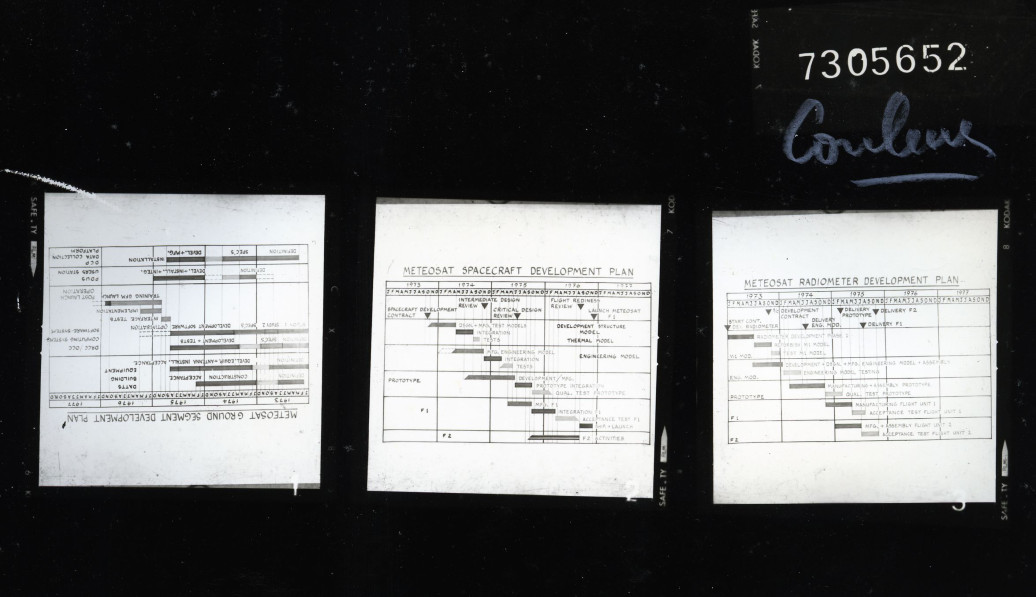The launch of this website has allowed us to make the historical picture collections held by the European Centre for Space Records accessible publicly, for the first time. This is not just the culmination of many years’ work, but the realisation of a long-held objective to spread the word about the incredible stories these images tell. And this is the story of that story!
It all began in the Netherlands, back in the days of ESA pre-history. That is, prior to the creation of ESA, when the European Space Technology and Research Centre (ESTEC) was formed as part of the European Space Research Organisation (ESRO), one of ESA’s two predecessor organisations. ESTEC had a set of in-house photographers – from the information we can piece together from our records, we think there were four in total, but it’s unclear whether they all worked together or at different times throughout the ESRO years. In addition to recording engineering and space projects, they also witnessed the birth and growth of the ESRO sites across Europe and captured their everyday life and people.

The board showing ESTEC staff in post with name, project and grade is a real snapshot of a moment in time. And there’s a wonderfully relatable aspect to many of them too – ever taken a similar picture to the one below of a flipchart following a meeting?
Two of the names that come up again and again are Burer and Duhem, since they are the photographers behind so many of these pictures from the ESTEC collection, which, along with the photos from the HQ Communications Office, make up the majority of the image holdings of the ECSR.
What do we know about Robert Duhem and H. Burer beyond their impressive eye for composition? Sadly, not very much, beyond some scant biographical details. The first mention of the Dutch photographer Burer in the staff records occurs in 1968. We think that his French counterpart Duhem joined the staff of ESTEC in 1965, most probably on its creation: he was certainly there at the very start of the ESTEC story as his pictures of the first ESTEC office in Delft (in the banner image) testify. Poignantly, we also have an info note from ESA Human Resources informing colleagues about his death in June 1979.
Perhaps we simply have to be content to let their incredible photographs speak for themselves - just search for Burer or Duhem in the SHIP database to see what we mean.
Fast forward to the late 2010s, and the ECSR was receiving more and more requests for digital images from its picture collections, for communication needs and to celebrate past events. (The ESTEC collection had been sent to the ECSR by the last ESTEC staff photographer.) In response, the ESA Archives began the Space Heritage Image Project (SHIP) to digitise its negatives and printed pictures, the idea being to ensure both their long-term preservation and make them available to the general public.
To ensure a coherent approach, the decision was made to digitise a selection of negatives for each year, starting from the very beginning – 1964. Today, SHIP gives access to approximately 2000 of these images from the first ten years of the European space adventure (until 1973). If you are unsure where to start searching in SHIP, why not have a look at the timeline and glossary we have put together as a introduction to the story of Europe’s first years in space and see what whets your appetite?
As we go forwards, the plan is that a new year will be opened in SHIP every three months and a selection of at least 150 digitised negatives covering events, satellites and personalities. Make sure to check in regularly to follow our progress!

